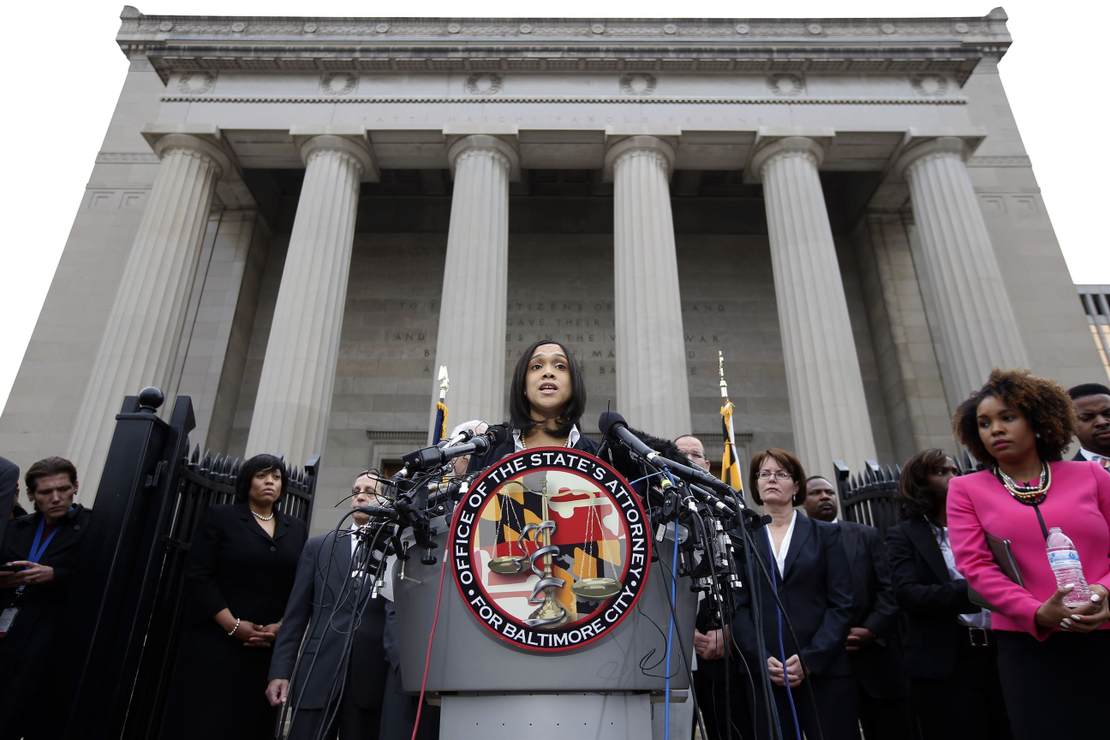
A couple of years ago, during the height of the “defund the police” movement, Baltimore stepped up municipal support for a program known as the Safe Streets anti-violence initiative. (It had been around in various forms since 2007.) While trimming back the police presence in the city, the program chose to send out “violence intervention” workers to try to convince gang members to stop shooting each other, along with random members of the community. The results have been less than spectacular to put it charitably. The murder rate in Baltimore remains worse than that seen in Kabul on its worst days. The city recently conducted an internal review of the Safe Streets program and the results were published this week. They found the program to be lacking in oversight with the workers not having sufficient training to undertake this dangerous type of intervention. In response to these findings, Mayor Brandon Scott amazingly announced that he would be beefing up the program further with another $10 million to be allocated to the effort. (Baltimore Sun)
An internal review of Baltimore’s Safe Streets anti-violence initiative found the program lacked oversight, and half of the workers described their training as inadequate. City officials announced the findings Wednesday, along with a $10 million investment to improve program operations and establish a “community violence intervention ecosystem.” …
But rather than turn away from the approach, Baltimore Mayor Brandon Scott plans to invest more in Safe Streets, touting its past success while acknowledging room for improvement.
“We know that it works, but they haven’t had the support they needed,” he said.
When this program was first announced, more than a few people raised obvious questions about it. When you’re dealing with members of the gangs of Baltimore, particularly the known triggermen, sending someone out with a clipboard to talk some sense into them is a risky proposition, to say the least. In the past 18 months, three of the “violence intervention” workers have been killed, with the last one being gunned down in January of this year. Also, many of these intervention specialists are former gang members themselves. That sounds great in theory, but you can never be entirely sure how “former” a former gang member is.
READ RELATED: Bipartisan group of US lawmakers arrive in Taiwan for a surprise visit
It’s also not hard to rate the effectiveness of the program given its stated intent. If Safe Streets was working, the annual number of shooting deaths in the city should have been going down. But it hasn’t. Baltimore has seen more than 300 shooting deaths each year for the past seven years. They’ve now reached rates not seen since the bad old days in the early to mid-90s. Compare that to New York City, which despite also having rising crime rates, registered 485 murders last year. (They actually had the number down to less than 300 in the pre-BLM era.) Yes, that’s a lot of bodies, but keep in mind that Gotham’s population is literally nine times greater than Baltimore.
Charm City still has yet to rebuild its police force to the levels they had a decade ago. Many of the officers on the streets have complained to union leaders that morale is still low and some of them are not inclined to get out of their squad cars for fear of having Marilyn Mosby try to throw them in jail if a suspect so much as breaks a fingernail during an arrest.
I hate to put it to the Mayor in such blunt terms, but these “intervention” programs aren’t working. If you truly want “safe streets,” there is a way to get there, but it will take time, some serious budgetary shifts, and a new attitude in City Hall. You have safe streets (or at least “safer”) when there are many police officers patrolling them and far more gang bangers behind bars. You have safer streets when the gangs know that you are treating the matter seriously and those convicted of gun crimes will be going away for a very long time. And you have safer streets when law-abiding residents regain enough confidence in the system that they will cooperate with police investigations rather than cowering in fear of the gangs if someone finds out they “snitched.”
This really shouldn’t be all that complicated. If the Mayor has an extra ten million dollars laying around that he can just toss at this program, perhaps he should consider investing it in a few more police cars and putting a couple of extra cops on the force.
Source:






